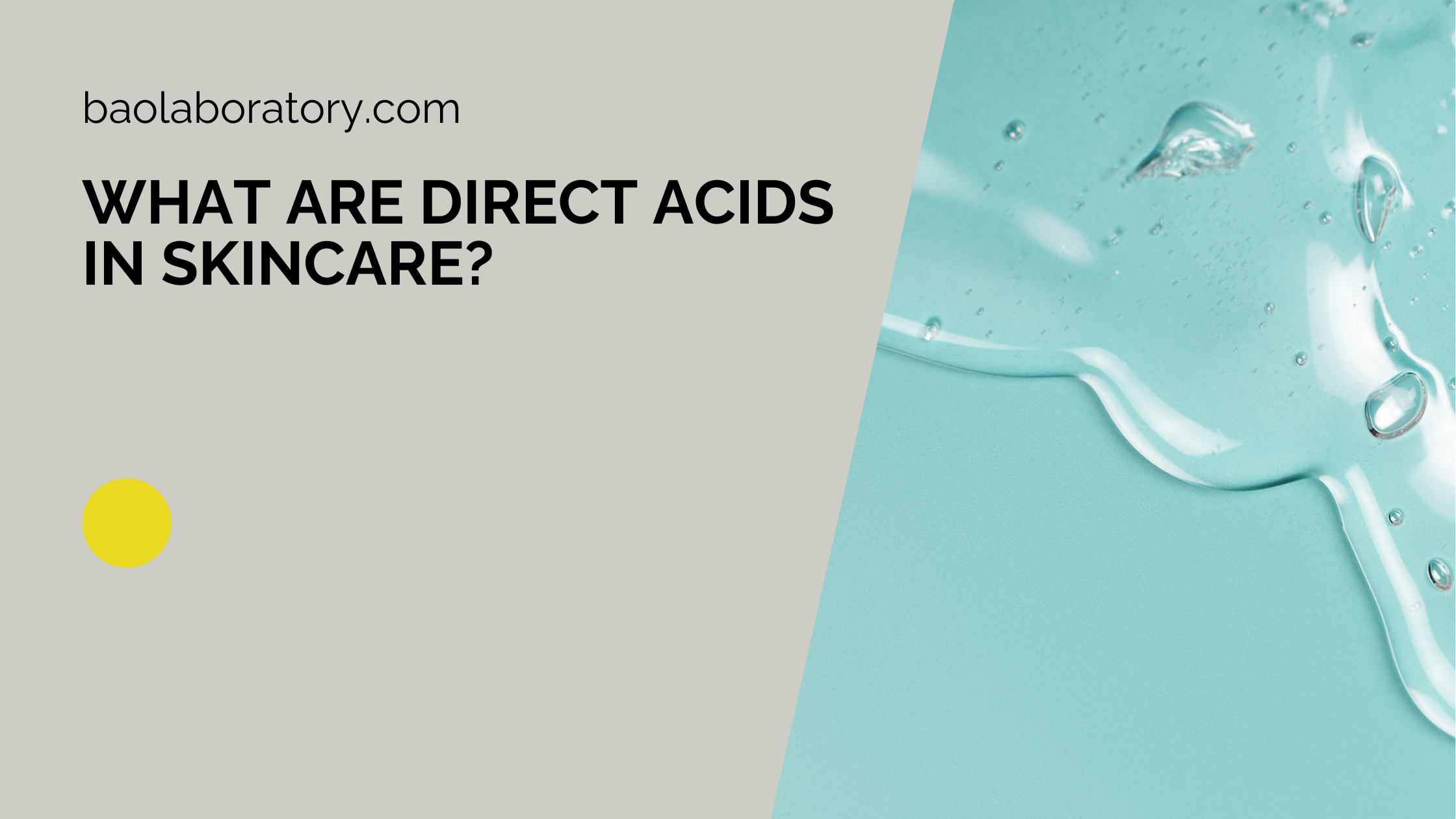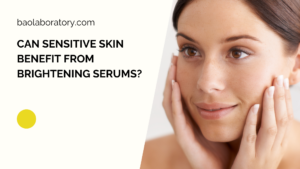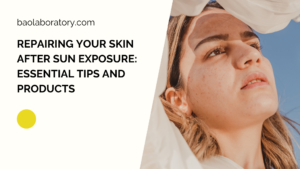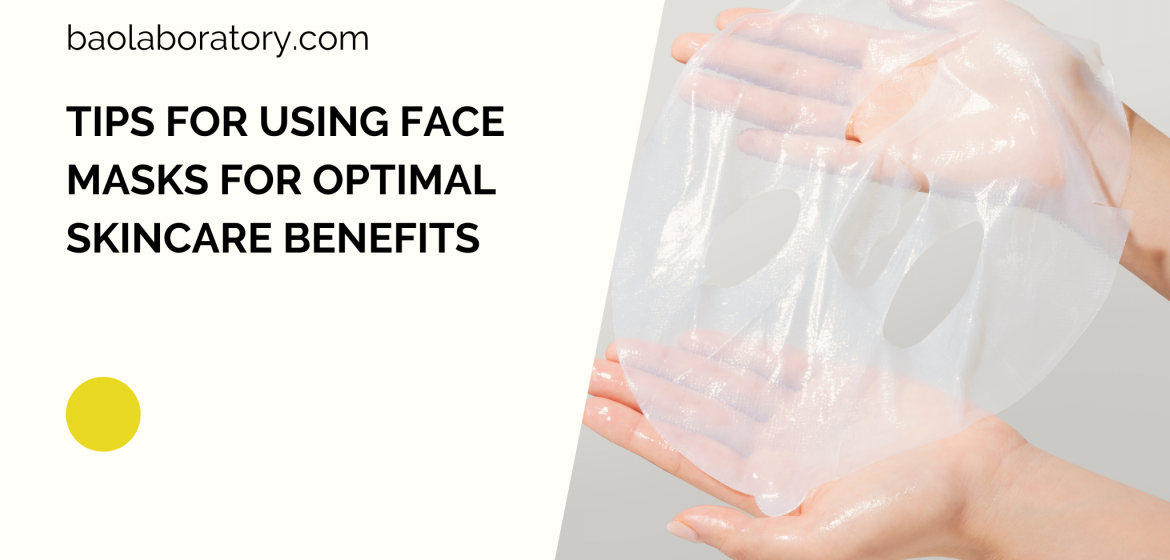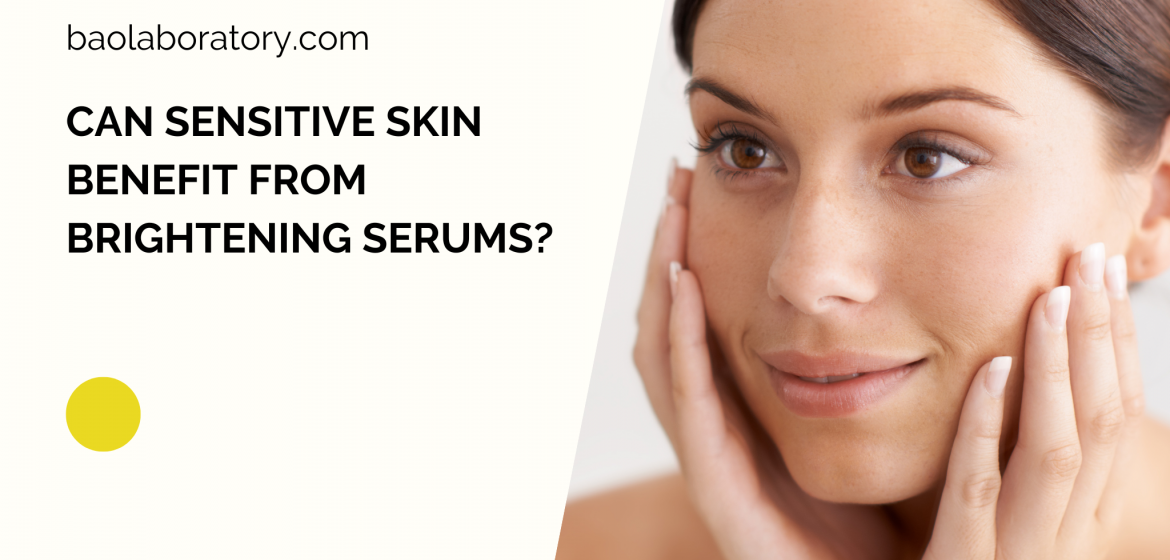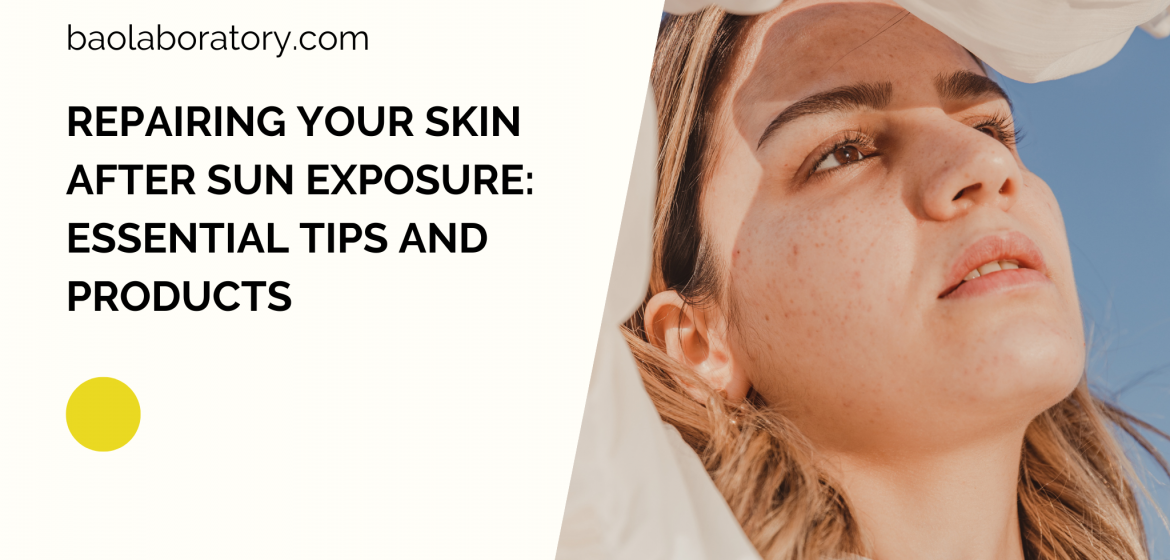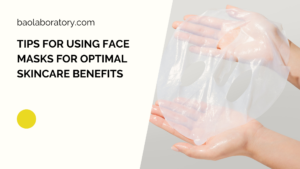
- Home
- /
- Skin Solutions
- /
- What Are Direct Acids in Skincare?
 The idea of having acids on the skin seems horrifying. People tend to think the use of acid can burn the skin. But why would anyone ever want to burn their skin?
The idea of having acids on the skin seems horrifying. People tend to think the use of acid can burn the skin. But why would anyone ever want to burn their skin?
Whereas the fact is acid could be your skin’s best friend if used in an accurate way.
This post will brief you on the benefits of using direct acids in skincare and how to use them. So, let’s level up your skincare acid knowledge.
Incorporating Direct Acids in Skincare
There are primarily two types of acids. We will tell you when to choose one for you.
- Alpha Hydroxy Acids (AHAs)
AHAs are perfect if you want to hydrate and exfoliate to enhance the radiance of the skin. Alpha-hydroxy acids can resurface and enhance the combination, dry, or mature skin.
- Beta Hydroxy Acid (BHAs)
If someone’s skin is sensitive, oily, or prone to congestion, BHAs can help clean pores, reduce inflammation, and prevent acne or breakouts.
Types of Direct Acids in Skincare
Ascorbic Acid
An ascorbic acid is a kind of vitamin C. It is naturally found in food. It is involved in the skin’s synthesis, depigmentation, and antioxidant activity. Topical Ascorbic acid offers a wide array of benefits to the skin.
However, many forms of Vitamin C and many more formulations of Vitamin C are available commercially, potentially confusing the audience. Ascorbic acid is best for people with dark spots, fine lines, wrinkles, acne, and blemishes, as this formula brightens up the complexion and reduces the signs of aging.
Tranexamic acid
It is a night-time formula that targets hyperpigmentation, uneven patches, and dark spots. It visibly brightens the complexion and leaves you with a more even-looking skin tone. Hence it interferes with melanin production. Moreover, it fades discoloration and reduces the appearance of acne scars.
Tranexamic acid works better than Hydroquinone (a lightning agent that bleaches the skin) because it has fewer side effects. Tranexamic acid is suitable for dry, combination, and oily skin types.
Azelaic Acid
Azelaic acid is yielded by yeast that occurs naturally on our skin, resulting in an array of skincare benefits. Azelaic acid works to treat rosacea by decreasing the swelling and redness. It is an antibacterial antioxidant that works to unclog pores and is milder than other acne-fighting ingredients. It also helps to prevent and treat hyperpigmentation.
Using Azelaic acid decreases keratin production, a natural substance that develops acne.
This type of acid is recommended for all acne-prone skin types.
Citric Acid
Citric acid is a kind of alpha-hydroxy acid extracted from citrus fruits, for instance, lemons, limes, oranges, grapefruits, and other fruits such as berries. Citric acid contains protective anti-oxidants and anti-aging properties. These characteristics help in to reverse the signs of photodamage. It is an exfoliant.
Therefore it removes the upper layer of dead skin cells, eventually cleaning the pores. Moreover, it even out softens and smoothens the skin tone.
Glycolic Acid
Glycolic acid is naturally found in sugarcane. It works best as a chemical exfoliant since it removes the outermost layer of the skin cells and oil by dissolving them. The best part is glycolic acid, an exfoliant that does not require harsh scrubbing.
Moreover, it can reduce some of the processes that cause visible signs of skin aging. For example, it can reduce sun damage and increase collagen and hyaluronic acid in the skin. These substances give skin elasticity and structure. This acid is best for people with oily skin.
Salicylic Acid
Salicylic acid is an exfoliant that is derived from willow bark. It is used to treat acne via unclogging clogged pores. Moreover, it also cures papules, blackheads, whiteheads, and hyperpigmentation. It best works for people with oily skin.
Ferulic Acid
Ferulic acid is a plant-driven, naturally occurring AHA. It’s an antioxidant used in anti-aging skincare products. It’s naturally found in various foods, like bran, oats, rice, and more.
It is usually paired with Vitamin C products, a common ingredient in many anti-aging skin care products. Since Vitamin C degrades quickly, especially when exposed to sunlight. Therefore Ferulic acid is thought to help stabilize vitamin C while increasing its photoprotection. Photoprotection refers to something’s ability to minimize sun damage.
Ferulic acid can be used by people having any skin type. However, it works best for people with oily skin. Since oily skin causes clogged pores and the antioxidant powers of ferulic acid help keep those pores from getting clogged
Hyaluronic Acid
It is a gooey, slippery formula that your body produces naturally. Hyaluronic acid is found throughout the body, especially in the eyes and skin. It helps things move smoothly.
It helps keep skin hydrated. Hyaluronic acid is a perfect water retaining agent. That is why hyaluronic acid is often used for treating dry skin. It is also used in moisturizing creams, lotions, ointments, and serums. It makes the skin flexible. Hyaluronic acid helps skin stretch and flex and reduces skin wrinkles and lines. It is also proven to help acne heal faster and can reduce scarring. Hyaluronic acid also reduces signs of fatigue, enhances appearance, and gives a radiant glow to the skin.
Lactic Acid
Lactic acid is an AHA. Lactic acid is made up of lactose present in milk. It is also known for its significant exfoliation and anti-aging properties. It increases cell turnover and helps to eliminate accumulated dead skin cells on the epidermis, the top layer of the skin. While using lactic acid, skin gets firmer and thicker. As a result, there is a wholesome smoother appearance and fewer fine lines and deep wrinkles.
Mandelic Acid
Mandelic acid is made from bitter almonds. It is a very gentle exfoliator. Mandelic acid accelerates cell turnover and functions as an effective exfoliator to remove dead skin cells. For this reason, mandelic acid is found in some chemical peels. It also promotes the production of collagen. It cures acne, skin texture, hyperpigmentation, wrinkles, and fine lines. It is an effective solution to treat melasma.
Kojic Acid
Kojic acid is made up of various types of fungi; therefore, it has anti-fungal properties. It helps the skin in getting the proper exfoliation needed. The combo of Kojic acid and Vitamin C can reduce stubborn pigmentation marks and give you an even-toned complexion with a radiant finish. Moreover, it is used to treat some skin conditions, for instance, sun damage, scars, and age spots.
Several creams, lotions, and soaps also contain Kojic acid. In addition, it is suitable for all skin types, even for sensitive skin.
Wholesome Advice While Dealing with Direct Acids in Skincare
- Never layer too many acids on your skin at once.
- Avoid the eye area whenever applying the acids.
- A patch test is vital.
- Consult a dermatologist or do proper research before incorporating acid into your skincare regime.
- Do not over-exfoliate with acids.
- It is recommended to use acids mainly in the evenings.
- Never mix an AHA with Vitamin C.
- At first, develop skin tolerance for the acids.
- Always use sunscreen while using acids.
Final Verdict
If you are anyone who wants to level up your skincare regime, then you must have a look at the skincare acid menu. We hope this post, unlike other posts, makes that relatively easy for you.
If still in doubt, then see a dermatologist for the best advice.

